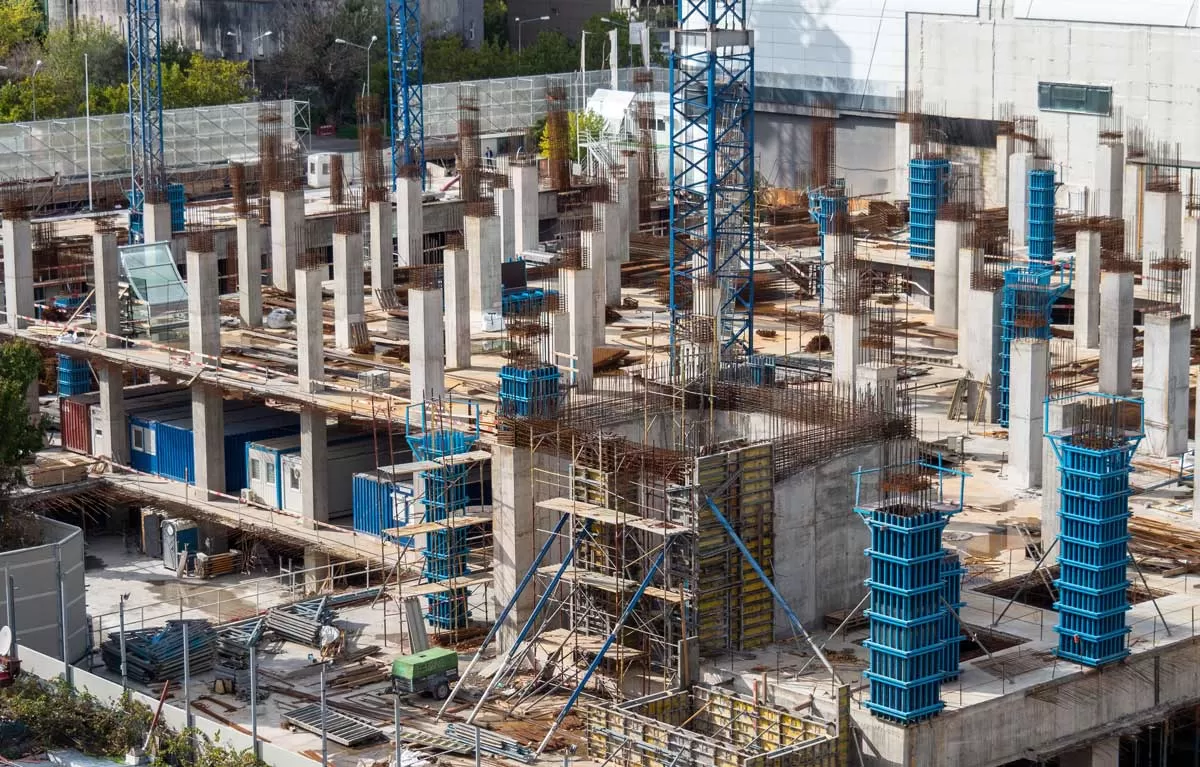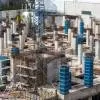“Extraordinary circumstances call for extraordinary measures” – this seems to be the only thought on Finance Minister Nirmala Sitharaman’s mind. And, the reason is quite simple: With the GDP at a decade low rate, job creation at its lowest levels in the last five decades and India Inc struggling despite all participation from their end – this undoubtedly is an extraordinary scenario and does call for extraordinary measures on the government’s part. With inflation taking its head out again and little room left for any further policy rate cut, it is high time that the NDA government (re-elected with better numbers in the second term) is required to take newer reforms at a rapid pace. With scare resources and widening twin deficit issues – it is expected to be a herculean task for the UPA Government. Add to that, the dream of becoming a $5 trillion economy (let’s not put the number of years left); no wonder, the pressure is mounting on the UPA Government.
With just a few days to go for presenting the Union Budget for FY2020-21, every industry body has already presented its wishlist to the government. With job-creating being a prime issue among others, certainly, much is expected from the common man as well.
Certainly, it will be a tight rope walk for the government, which has to maintain a fine balance between the industry wishlist, populist demand from the common man and all of this along with achieving their own target of fiscal prudence. While fulfilling all the demands will be tough, the government definitely needs to be more pragmatic!
All in all, Budget 2020 is expected to be a fine balance between counter-cyclical policy support and fiscal prudence.
Here’s an overview of the Cement sector and its wishlist for Union Budget FY2020-21.
India is not just the second largest manufacturer of cement world over, but also the second largest consumer of it. This certainly makes the sector crucial for the India growth story. Its growth is derived from the housing sector’s growth and the sector is also an indirect beneficiary of the government public spending on infrastructure. While the government has been consistently working to revive the realty (housing) and infrastructure sectors – it has not yielded much returns till date. This is despite an increase in the budget allocation for infrastructure projects and Pradhan Mantri Aawas Yojana (PMAY). With the Housing for All target by 2022 coming closer, growth in the sector is yet to pick up pace. And, this background brings with it a wishlist for the Union Budget FY2020-21.
With government efforts yet to get materialised, some earlier indicators of growth are visible for the cement sector. Some revival visible in public infrastructure has resulted in some green shoots and this is likely to boost cement demand growth for FY2021 to 6-7 per cent against 1-2 per cent for FY20.
As stated earlier, the cement sector is an indirect beneficiary of higher government spending and any measures in the budget to improve the spending augurs well for the sector. However, a mere increase in budgetary allocation for the road and railway sector is not enough to boost cement consumption. Prior experience suggests that the government, despite allocating higher budgetary resources, has cut the spending to accommodate the fiscal deficit math. As a result, going by industry expectations – what will sustainably lead to higher cement consumption is higher private sector participation along with improved terms under the BOT model.
The industry also expects that various measures already taken for the real estate sector are likely to benefit cement consumption. But this needs to be monitored consistently. Broadly, cement manufacturers expect around 10-15 per cent increase in budgetary allocation for key ministries such as roads and railways. However, cement players opine that the overall spending might be higher as these ministries have resorted to higher borrowings (EBR) to support its CAPEX programme.
Also, an increase in budgetary support to the transport ministry and NHAI is expected to Rs 940 billion and Rs 450 billion, respectively.
At present, customs duty on packaging for use in bagging cement is 10 per cent and the industry is expecting reduction in customs duty to 5 per cent. This will help the cement companies benefit from lower packaging cost aiding in improvement in operating margins.

















